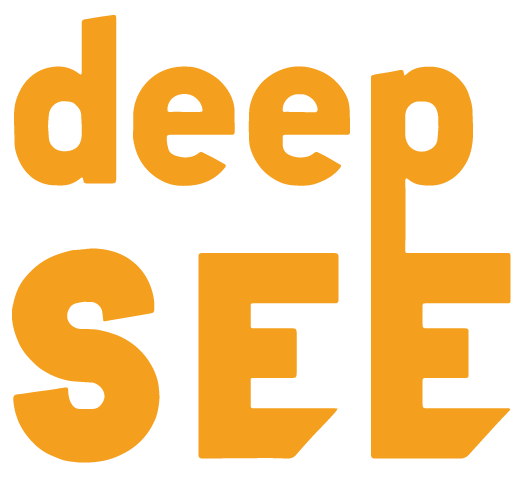Episode 52:
Sara Taylor earned a master’s degree in Diversity and Organizational Development from the University of Minnesota. She served as a leadership and diversity specialist at the University of Minnesota for five years and as director of diversity and inclusion for Ramsey County, Minnesota for three years.
Sara is the founder and president of deepSEE Consulting and has worked with companies as large as Coca-Cola, General Mills, 3M Company, AARP, and numerous others. She has a new book, “Filter Shift: How Effective People See the World,” that explores how our unconscious is actually making choices and decisions for us, all without our knowing — and how to change that.
What you’ll learn about in this episode:
- Why there are so many differing, personal opinions over what the words “Black Lives Matter” actually mean
- How our stages of cultural competence development determine how we view the message of Black Lives Matter
- Why some people view the statement as “Black Lives Matter More” while others hear “Black Lives Matter Equally”
- How people stuck in the second stage of development often retort with the response “Blue Lives Matter”
- Why some people view Black Lives Matter as a win/lose scenario, a viewpoint reinforced by centuries of systems of power and oppression
- How to download a free checklist to help you better communicate with your employees, external stakeholders, and the community during painful, traumatic events
- How 15% of the population exists within the polarizing second stage of development, while nearly 70% are in the third stage and still controlled by our unconscious biases
- Why people in the third stage of development minimize differences, replying to “Black Lives Matter” with “All Lives Matter” or “Black Lives Matter Equally”
- Why the second and third stages of cultural competence aren’t just ineffective but serve to perpetuate systemic inequities
- How the fourth stage of development allows us to move from an equality-based approach to a more effective equity-based approach
Additional resources:
- Website: www.deepseeconsulting.com
- Twitter: @deepseesara
